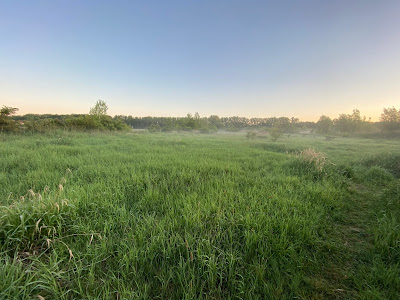 |
| Juv female Goshawk - Apelhorn |
 |
| Juv female Goshawk - Apelhorn |
 |
| Black Woodpecker - Apelhorn |
 |
| Lesser Spotted Woodpecker - Apelhorn |
 |
| Coal Tit - Apelhorn |
 |
| Crested Tit - Oberharz |
 |
| Black Redstart - Goslar |
 |
| Wryneck - Grosse Bruch |
 |
| Wryneck - Dromling |
 |
| Wryneck - Dromling |
 |
| An orchard - typical Wryneck territory |
 |
| Waxwing - Steinberg, Goslar |
 |
| Sun rise in the Dromling |
 |
| A lone Crane in the Drömling |
 |
| Icterine Warbler in the Drömling |
 |
| Icterine Warbler in the Drömling |
 |
| Barred Warbler in the Drömling |
 |
| Barred Warbler in the Drömling |
 |
| Barred Warbler in the Drömling |
 |
| Hobby in the Drömling |
 |
| Hobby in the Drömling |
 |
| River Warbler in the Drömling; note the ring |
 |
| River Warbler in the Drömling; note the ring |
 |
| River Warbler habitat in the Drömling |
 |
| River Warbler in the Drömling |
 |
| River Warbler in the Drömling |
 |
| Library picture of a Corncrake |
 |
| Habitat SE Braunschweig containing 3 or 4 Corncrakes |
 |
| Red Kite at Frose |
 |
| Black Kite in the Grosse Bruch |
 |
| Cuckoo hanging out in the Dromling |
 |
| A Frose Osprey |
 |
| Wood Warbler - Oberharz |
 |
| Wood Warbler - Oberharz |
 |
| Wood Warbler - Oberharz |